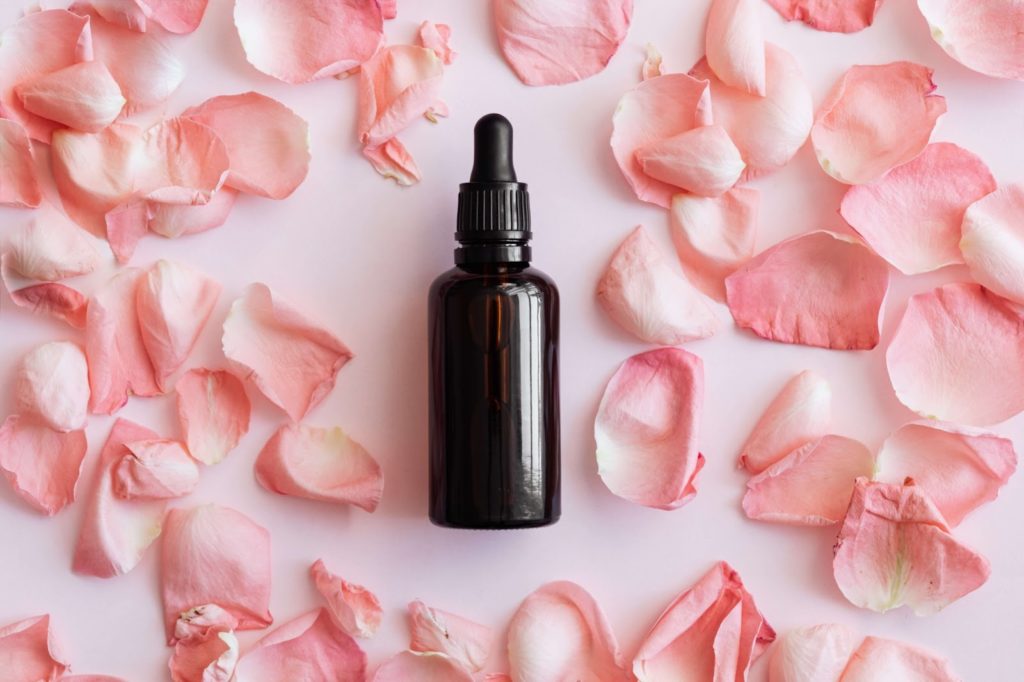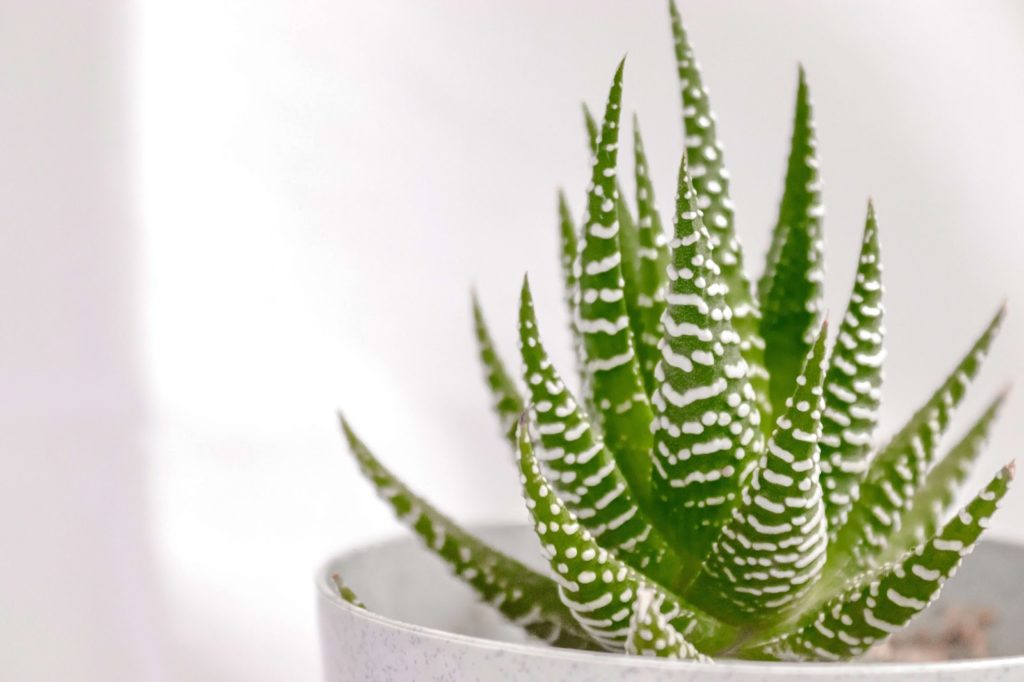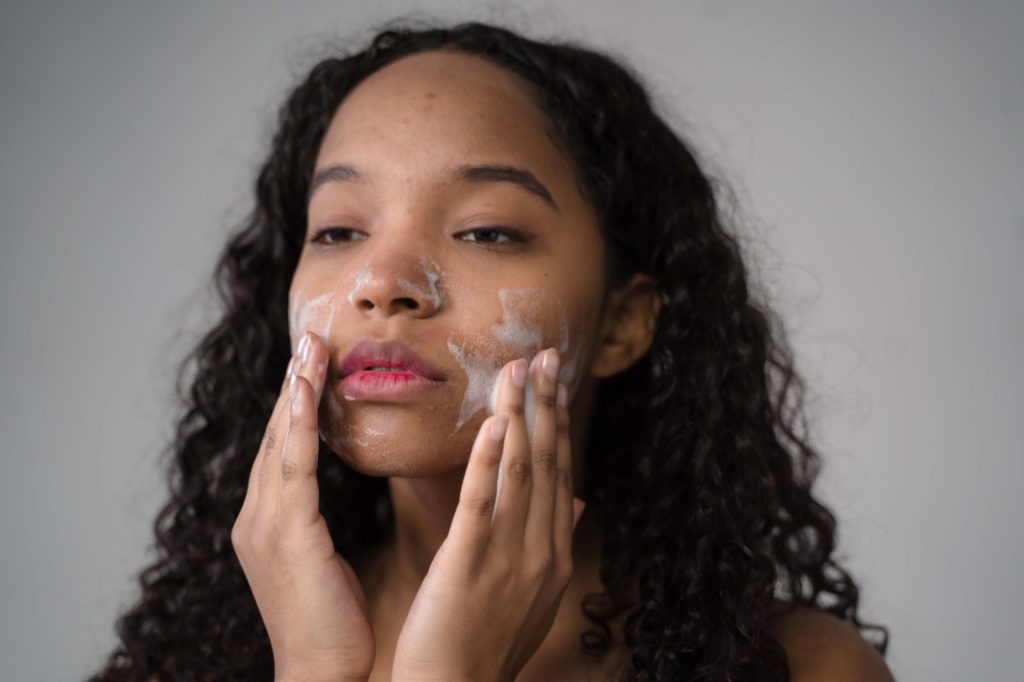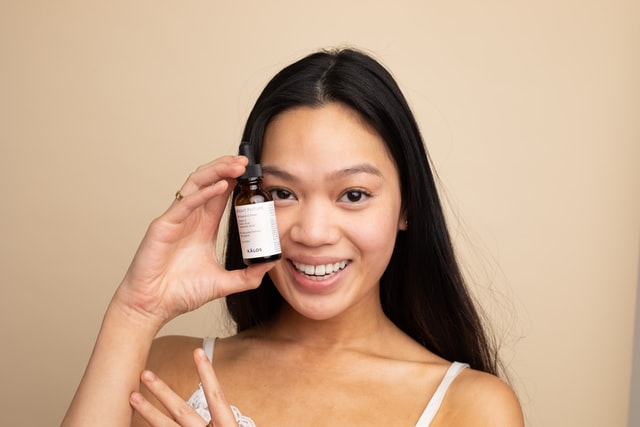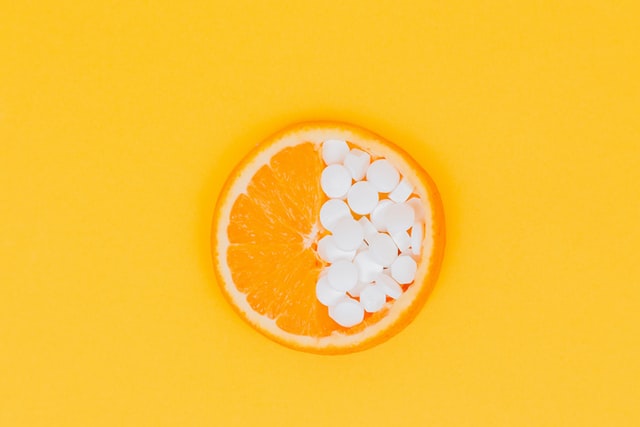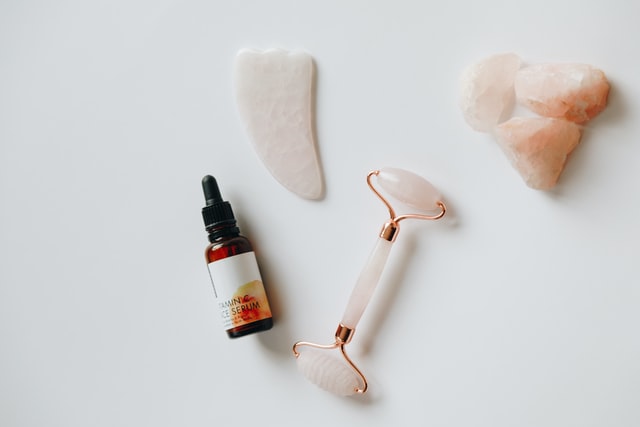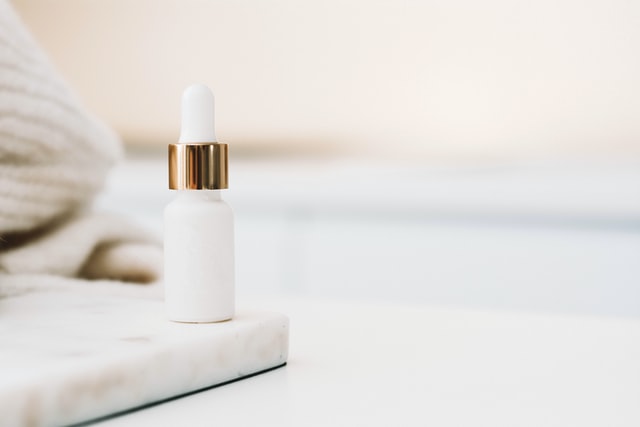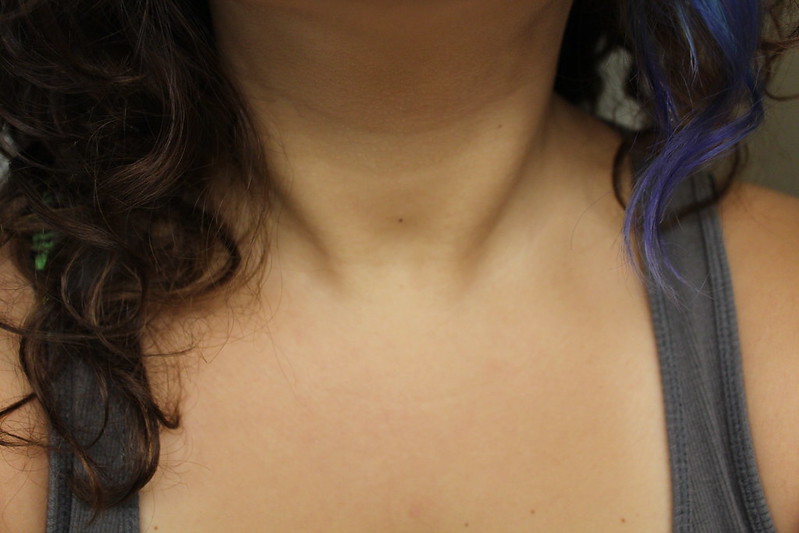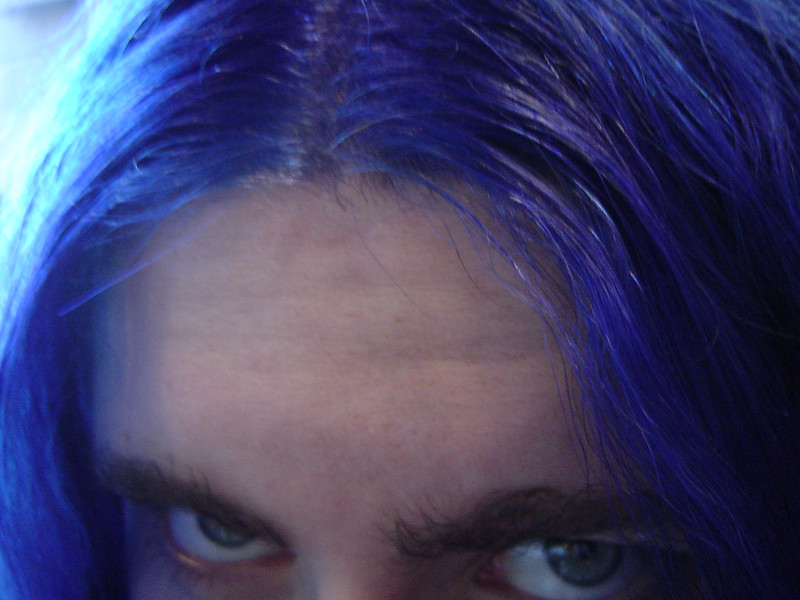Continuous dermal studies have developed various face treatments to retain your youthful looks. Wrinkles, acne scars, hyperpigmentation, and loose skin can cause your confidence to wane. Kiss those thoughts goodbye because this is a list of face treatments to look younger.
Let’s explore the options!
Top 5 Face Treatments To Look Younger
Face treatments to look younger may be nonsurgical procedures or routine facial exercises that help strengthen your face muscles. After all, even celebrities practice facial exercises like smoothing out their forehead and working their mouth muscles.
The following are five more tips to look younger.
1. BBL Laser Skin Treatment
BBL laser skin treatment is not the “Brazilian Butt Lift.” Instead, BBL stands for Broadband Light Laser Therapy and is otherwise known as a photo facial. It is a laser therapy procedure that makes you look younger by stimulating your body’s collagen production. Consequently, you’ll get rid of skin features that make you look older, like wrinkles, scars, fine lines, redness, sagging skin, etc.
How Can BBL Laser Skin Treatment Make you Look Younger?
BBL laser skin treatment involves targeting a broad wavelength spectrum at your underlying skin layers. The procedure does this so that the underlying skin layers can absorb the energy and produce collagen.
Why does your skin need Collagen?
Your skin needs collagen because it is an essential skin protein that gives it structure and helps repair it. So, you could say the BBL laser skin treatment is “Tricking” your skin to produce more collagen using light energy from broadband soft lasers.
What’s the Procedure for BBL Laser Skin Treatment?
The procedure is simple, and it lasts for just about 30 minutes. You need to book an appointment with a dermatologist, who’ll apply a cooling gel and a topical anesthetic to the treatment area. They’ll also provide you with safety goggles to protect your eyes before exposing your skin to the lasers.
Are BBL Laser Skin Treatments Safe?
BBL laser treatments are FDA-approved and are proven to be safe and effective. Nonetheless, you may experience redness, burning, and warmth on the treated area after exposure. Some dark spots, pigments, and freckles may also surface on your skin.
Don’t worry! They’ll clear off after some days or a few weeks. You can press cold substances on the treated area to reduce the warmth and pain after treatment.
How Much do BBL Laser Treatments Cost?
A BBL laser skin treatment could cost you about $250 to $1500, depending on your skin condition and how many areas you’ll be treating.
2. Ultherapy
Ultherapy is a face treatment procedure that eliminates facial signs of aging like face and neck wrinkles, skin sagging, and droopy eyebrows. The name is a direct blend of “ultrasound” and “therapy,” as the procedure makes you younger by using ultrasound technology.
How does Ultherapy Make you Look Younger?
Ultherapy targets sound waves at specific layers of your skin, like surface wrinkle areas on your skin and the underlying muscles. After cleaning the treatment area with an ultrasound gel, these ultrasound waves and heat energy are applied using an applicator on the target area.
This process aims to stimulate collagen production in the targeted areas. Ultimately, ultherapy can give you a younger look by repairing the wrinkles and tightening the loose skin.
Is Ultherapy Safe?
Yes, Ultherapy is an FDA-approved non-surgical procedure proven safe and effective. You might experience tingling sensations a few hours after the procedure, and the treated areas may appear flushed and red.
The good news is that all these will subside after some time, and you’ll start experiencing firmer and clearer skin that’ll help you retain your youthful looks.
How much does Ultherapy Cost?
Ultherapy costs about $1800 on average. This price can vary depending on the number of sessions, treatment areas, and geographical location.
3. Microneedling or Dermarolling
Also called collagen induction therapy or derma roller therapy. This face treatment procedure makes you look younger by first causing “micro” bleeds on the skin using tiny “microneedles.” The idea is to prompt a rebuild of this area by causing the release of growth factors and platelets in your body to heal the wound so that your skin will produce collagen in the rebuild process.
Does it Work?
Studies have shown that over 80% of patients with post-acne facial scarring showed significant improvements after completing their treatments. At first, it sounds counterintuitive to cause injury to your skin before it improves, but micro-needling rejuvenates skin and makes you look younger.
Who Needs Microneedling?
You need micro-needling if you have any post-acne, herpetic, or varicella scars. The treatment is proper for you if you also have rosacea, sagging skins and spores, spores, and wrinkles.
Is Microneedling Safe?
Microneedling is medically certified as a safe and effective procedure. Individuals living with the conditions listed above can undergo the process. Yet, you could experience skin irritations, swelling, and general discomfort after the procedure.
Some patients experience bleeding, although this is quite rare. Individuals living with blood disorders or currently on blood-thinning medications may experience bleeding.
How much does Microneedling Cost?
The cost of micro-needling procedures varies from about $100 to $700, depending on the size of the treatment area.
4. Radiofrequency Skin Tightening
Radiofrequency skin tightening is another non-surgical face treatment that makes you look younger by stimulating collagen production.
How Can Radiofrequency Skin Tightening Make You Look Younger?
The radiofrequency skin tightening procedure uses low-energy radiations at temperatures of about 50-57 degrees to trigger collagen production in the dermis of your skin. Your skin’s specific target areas will briefly be exposed to these high-energy radiofrequency for about 3 – 5 minutes.
What are the Dangers?
You don’t have to worry if a certified professional will conduct the procedure. However, you might be at risk of getting burned due to over-exposure. Irrespective of these conditions, however, you’re likely to experience some temporary swelling and redness on treated areas.
What is the Cost of Radiofrequency Skin Tightening?
Skin tightening procedures usually cost about $1000 to $4000 depending on treatment areas, the number of sessions, and where you’re getting the treatment.
5. Chemical Peels
As the name implies, chemical peels are actual “chemicals” applied to the skin to “peel” it off. Well, not your whole skin. Only the old and wrinkled outermost skin surfaces.
It exfoliates the surface skin until it falls off. The skin underneath looks smoother due to minimal exposure and damage.
How Can Chemical Peels Make you Look Younger?
Chemical peels work by triggering exfoliation. The kinds of acids in the chemicals determine the extent of exfoliation you would experience. For instance, alpha-hydroxy acid chemicals cause mild exfoliation. In contrast, acids like trichloroacetic acid (TCA) are strong enough to reach the skin’s middle layers, and deep peels fully penetrate the intermediate layers of the skin, often containing phenol and trichloroacetic acid.
How do You Apply Chemical Peels?
Chemical peels are applied depending on how deep the chemical is supposed to go. Light chemical peel sessions generally involve applying the substances with a brush or cotton ball to the area of interest. However, medium and deep chemical peel sessions usually start with applying some topical anesthetic before the dermatologists now use the chemical peel with a brush or wire gauze.
Do Chemical Peels Work?
Yes, chemical peels work, and you can start seeing results after the first few weeks, depending on the category of chemical peels used.
Should you Expect Side Effects After using Chemical Peels?
Yes, you may experience temporary side effects like slight swelling, dryness, redness, etc., on treated areas. Some people report permanent side effects like skin darkening or lightening, scarring, or some infections.
How much do Chemical Peels Cost?
The cost varies widely, depending on the kind of peels and the dermatologist’s expertise. The cheapest chemical peel procedures cost about $180, while the most expensive ones cost about $3500.
Summary
Collagen production, which is crucial to skin firmness, decreases with age. Hence, most face treatments induce skin collagen production to regain firmness and structure.
BBL Laser treatments and Radiofrequency tightening use low-energy radiations, and Ultherapy accesses the dermal layers with ultrasound energy. Further, micro-needling pricks the skin with needles, and chemical peels employ chemical action. Therefore, it is crucial to consider the cost implication, skin type, and potential side effects before pitching your tent with any of the above-listed procedures.
